Open-Access Mega-Journals: A Bibliometric Profile
While the total output of the eleven open-access mega-journals grew by 14.9% between 2014 and 2015, this growth is largely attributable to the increased output of Scientific Reports and Medicine.
Send us a link
While the total output of the eleven open-access mega-journals grew by 14.9% between 2014 and 2015, this growth is largely attributable to the increased output of Scientific Reports and Medicine.
Twitter activity is a more important predictor of citation rates than 5-year journal impact factor. Moreover, Twitter activity is not driven by journal impact factor; the ‘highest-impact’ journals were not necessarily the most discussed online.
A new search engine called Semantic Scholar helps academics deal with the increasingly enormous volume of academic research.

Biomedical funders worldwide are adopting the US agency’s free Relative Citation Ratio to analyse grant outcomes.

Exploring the research output on specific natural disasters.
Articles published open access are cited more often than articles that are not. End of Story.
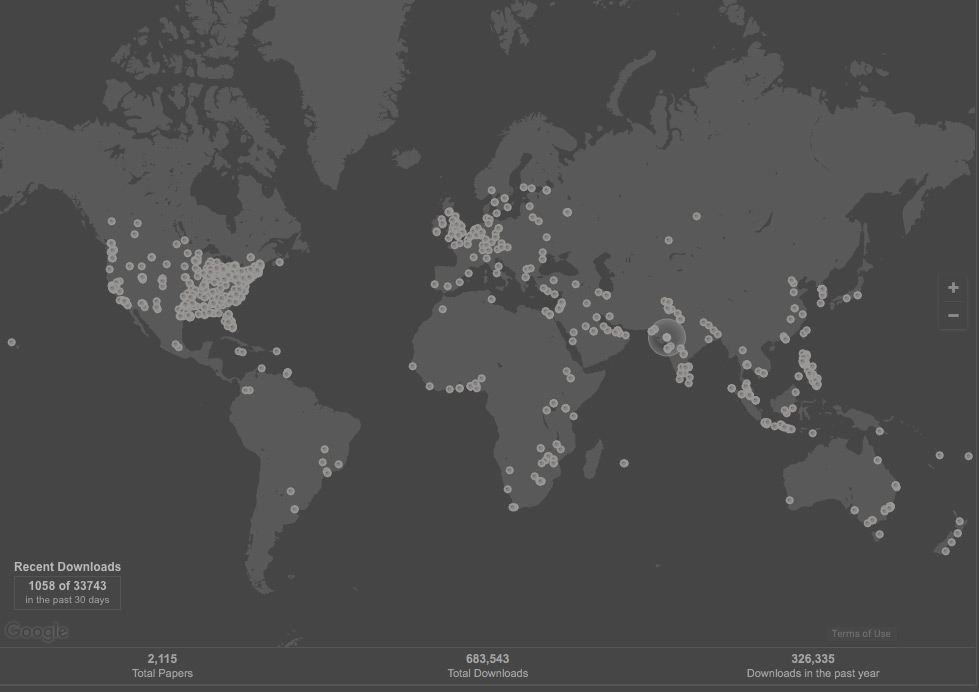
A word frequency analysis of 874,411 English article titles to assess the likelihood that research on obscure (rarely researched) topics is less cited.

Chris Carroll argues that the impact of an academic research paper might be better measured by counting the number of times it is cited within citing publications rather than by simply measuring if it has been cited or not.
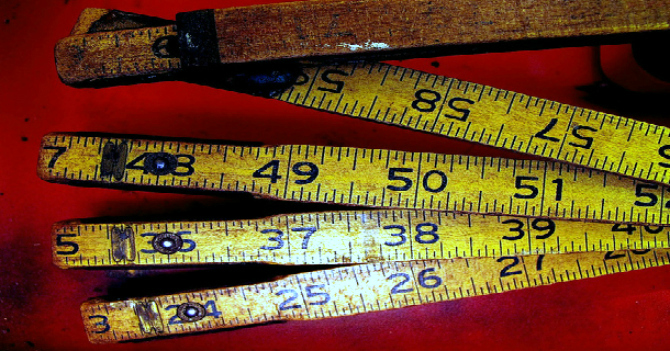
Academic social networks may get users hooked on them, like addicted academics, transforming what should only be a means into an end in itself.

Thomson Reuters Web of Science 2016 Nobel Prize Predictions based on Citations.

Citation metrics are very influential and their normalization is a contentious issue. Each normalization approach has advantages and disadvantages that need to be understood for proper use of these metrics.
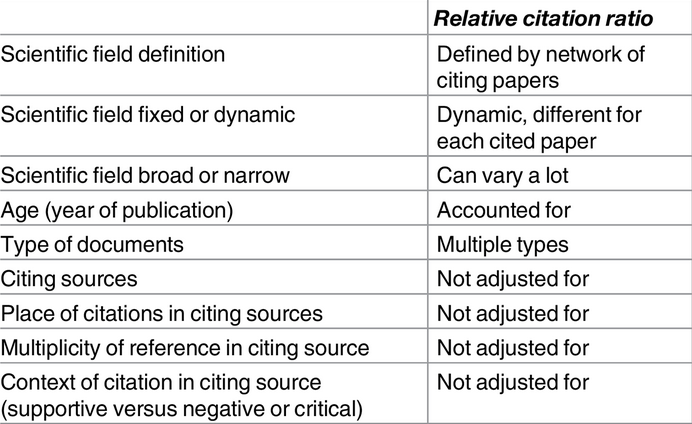
The tension between simple but invalid indicators that are widely used and more sophisticated indicators that are not used or cannot be used in evaluation practices because they are not transparent for users, cannot be calculated, or are difficult to interpret.
A look at the literature reveals shortcomings in the way OA and subscription models are being compared and suggests how future studies could build on existing research to provide a more accurate picture

Although the Journal Impact Factor (JIF) is widely acknowledged to be a poor indicator of the quality of individual papers, it is used routinely to evaluate research and researchers. Here, we present a simple method for generating the citation distributions that underlie JIFs.

Today sees the publication on bioRxiv of a revised version of our preprint outlining “A simple proposal for the publication of journal citation distributions".

Metrics derived from Twitter and other social media are increasingly used to estimate the broader social impacts of scholarship. Such efforts, however, may produce highly misleading results, as the entities that participate in conversations about science on these platforms are largely unknown.
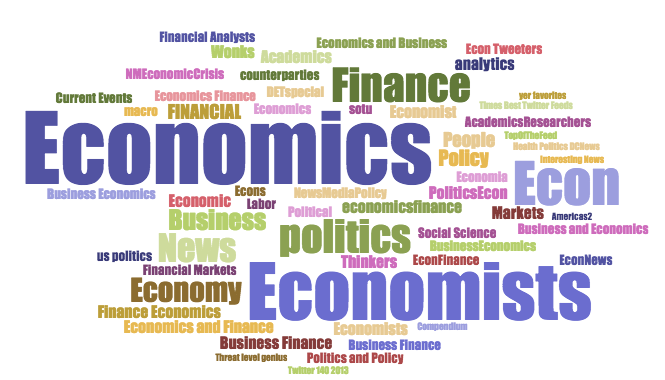
There is no perfect metric. There is no number or score which fully encapsulates the value, impact, or importance of a piece of research. While this statement might appear obvious, research evaluation and measurement are a fact of life for the scientific research community.
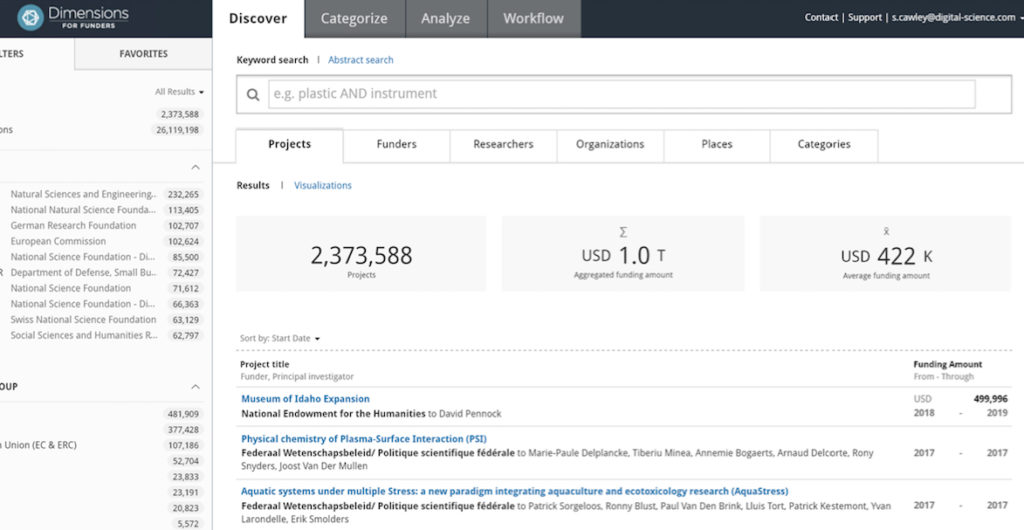
Novel breakthroughs in research can have a dramatic impact on scientific discovery but face some distinct disadvantages in getting wider recognition.
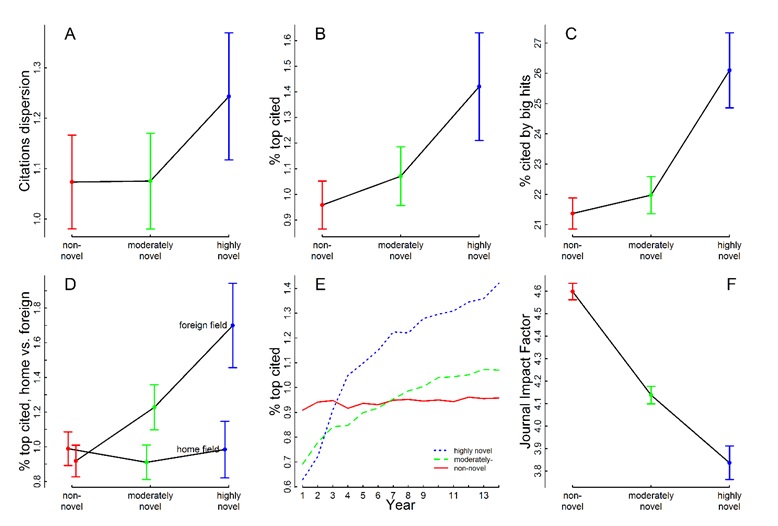
It is clear that the journal impact factor is not effective in predicting future citations of successful authors.

Ever since Eugene Garfield first began to analyse citation patterns in academic literature, bibliometrics and scientometrics have been highly pragmatic disciplines. By that, I mean that technological limitations have restricted measurements and analyses to what is possible, rather than what is ideal or theoretically desirable. In the post-digital era, however, technological limitations are increasingly falling …
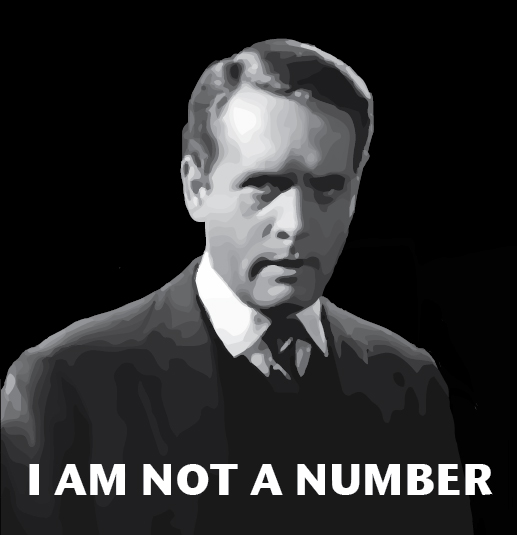
A variety of bibliometric measures has been developed to supplant the Impact Factor to better assess the impact of individual research papers